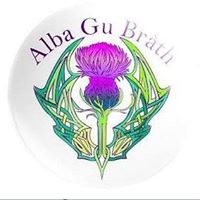In Indian culture, what does a bindi dot on the center of a woman's forehead mean?
A bindi is a coloured dot worn on the center of the forehead, originally by Hindus and Jains from the Indian subcontinent. Bindu is considered the point at which creation begins and may become unity. It is also described as "the sacred symbol of the cosmos in its unmanifested state".
Bindis are considered an immense part of Bangladeshi culture and women in Bangladesh irrespective of their religion, adorn themselves with bindis as an ethnic practice.
A similar marking is also worn by babies and children in China and, as in the Indian subcontinent and Southeast Asia, represents the opening of the third eye. Bindi in Hinduism, Buddhism, and Jainism is associated with ajna chakra, and Bindu is known as the third eye chakra.
In Hinduism, it's part of the Suhāg or lucky trousseau at marriages and is affixed to the girl's forehead on her wedding and thereafter always worn. Unmarried girls optionally wore small ornamental spangles on their foreheads. A widow was not allowed to wear bindi or any ornamentation associated with married women. In modern times, self-adhesive bindis are available in various materials, usually made of felt or thin metal and adhesive on the other side.
More Info:
en.wikipedia.org












